A lot of drivers know being distracted on the road is bad, but they are doing it anyway. And as people rely more on mobile devices to stay connected with one another, the distractions aren’t going to go away anytime soon.
How dangerous is it to drive distracted? More than 2,800 people died and 400,000 were injured in car crashes involving distracted drivers in 2018, according to the National Highway Traffic Safety Administration. People are still driving distracted despite these staggering figures, however. A January 2020 survey observed 2,000 people’s driving behaviors, and 37.1 percent of the respondents said that mobile device distractions impact the user’s ability to drive safely, but 28.6 percent of those respondents admitted that texting was their number one distracted driving behavior!
Fortunately, technology companies have recognized this issue and have devised solutions to prevent distracted driving. It might seem odd that the solution to preventing distracted driving is the same as what’s causing the problem—technology. However there have been a number of technological advances that have helped keep everyone on the road a little safer when a driver’s attention gets away from them.
Cell Phone Blocking Technology
“Put your cell phone out of reach” is no longer a viable solution to keeping people from looking at their phone when they’re behind the wheel. When the phone buzzes, rings or dings, it’s human nature for a lot of people to not only look at their phone, but also respond. Almost 9 percent of survey respondents between the ages of 25 and 24 admitted they felt a lot of pressure to respond to a text as soon as they received it. A little more than seven percent of the respondents in that age group said they also felt high degrees of pressure to reply to work-related messages while they were driving.
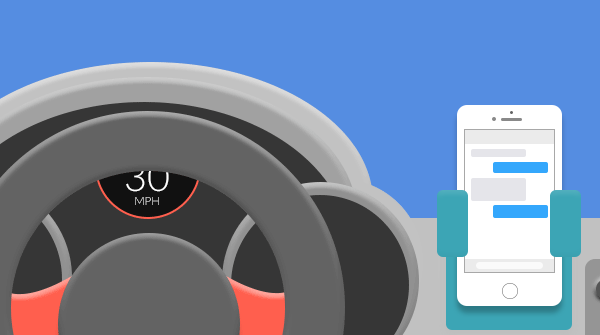 A lot of companies have developed apps that take the decision to respond to a text out of the driver’s hands. Common cell phone blocking technologies prevent calls or texts from coming through when a car is moving. Many of these apps will also send an alert to let the sender know the recipient is driving.
A lot of companies have developed apps that take the decision to respond to a text out of the driver’s hands. Common cell phone blocking technologies prevent calls or texts from coming through when a car is moving. Many of these apps will also send an alert to let the sender know the recipient is driving.
Some cell phone blocking technologies include:
AT&T DriveMode
The app is activated when the driver’s car reaches 15 miles per hour and blocks text alerts.
CellControl DriveID
The device attaches to the vehicle’s windshield and works with an app to prevent the driver from sending or receiving text messages. It can also block emails and smartphone cameras.
Apple iOS DND
Apple’s Do Not Disturb (DNB) While Driving mode blocks incoming calls and text messages when the user’s iPhone senses the vehicle is moving or connected to a car through Bluetooth.
There are also solutions for drivers who spend most of their workday in the car and cannot afford to have incoming calls or text messages blocked. For example, the UConnect vehicle platform is built into Chrysler, Dodge, Jeep, Ram and FIAT brand vehicles and pairs with Bluetooth-enabled smartphones so drivers can make and receive calls hands-free. Similarly, Honda’s Bluetooth HandsFreeLink lets drivers connect calls without taking their hands off of the steering wheel.
Car safety features
More technology is being installed in vehicles to help prevent distracted drivers from getting into car accidents. For example, forward-collision warning provides a visual or audible alert to let drivers know they’re about to collide with another vehicle. Other car safety features designed to help with distracted driving include:
Automatic Emergency Braking
Vehicles can engage their brakes automatically if its system senses a potential collision before the driver can react.
Lane-Departure Warning (LDW)
Drivers receive an alert if their car crosses over lane markings when their turn signal is not on.
Lane-Keeping Assist (LKA)
Similar to LDW, Lane-Keeping Assist will help steer or stop a vehicle if its starts to move out of a lane.
These technologies can help reduce the likelihood of a car accident, but they are not a license to drive distracted. The best way to stay safe on the road is to pay attention—especially since some accident prevention technology does not work at all times. For example, one car manufacturer warns customers that its LKA tech is inactive if the vehicle is moving at a speed less than 40 MPH or does not recognize a lane marking. The manufacturer also recommended drivers deactivate LKA in inclement weather and on bad roads with faint or invisible lane markings.
Meanwhile, NHTSA advises that you review your vehicle owner’s manual to learn about your car’s tech and safety features—they can’t prevent accidents if they aren’t used correctly.
Don’t Forget About This Other Dangerous Driving Distraction
Devices are not the only cause of distracted driving. Sleepiness is another distraction that drivers deal with—either on their early morning commute or late at night. The National Sleep Foundation reported approximately half of adult drivers in the United States admitted to consistently driving when they feel tired—20 percent admitted to falling asleep when they were behind the wheel!
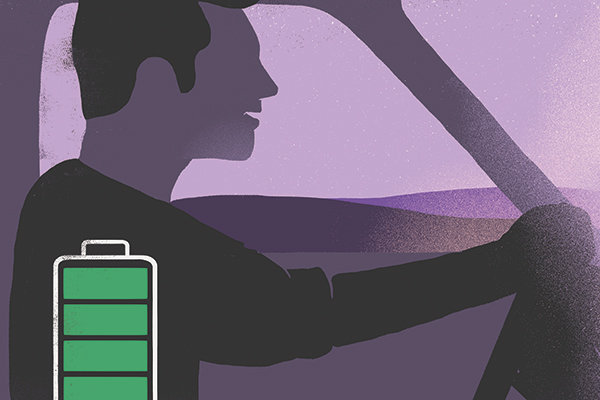 A lot of vehicle manufacturers now offer monitoring systems that will warn you if you’re tired or falling asleep. These alerts can come in the form of a chime, brake tap or pull on your seat belt. Additionally, vehicles with a drowsiness alert feature may display a coffee mug or related symbol to suggest you take a break. Some of the aforementioned crash avoidance technologies can also help prevent sleepy drivers from having an accident.
A lot of vehicle manufacturers now offer monitoring systems that will warn you if you’re tired or falling asleep. These alerts can come in the form of a chime, brake tap or pull on your seat belt. Additionally, vehicles with a drowsiness alert feature may display a coffee mug or related symbol to suggest you take a break. Some of the aforementioned crash avoidance technologies can also help prevent sleepy drivers from having an accident.
It’s important to note that these solutions are good backups, but nothing beats driving when you’ve had enough sleep.
By Joe Dyton

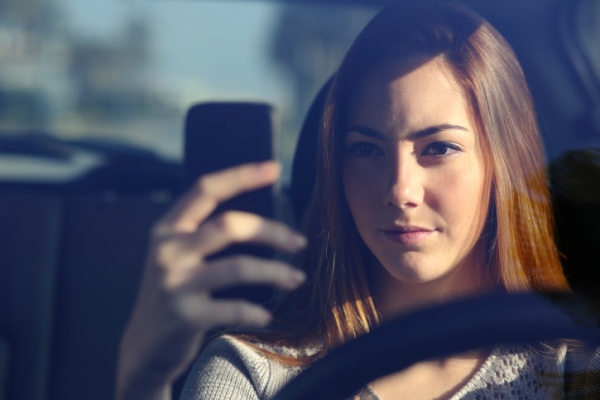


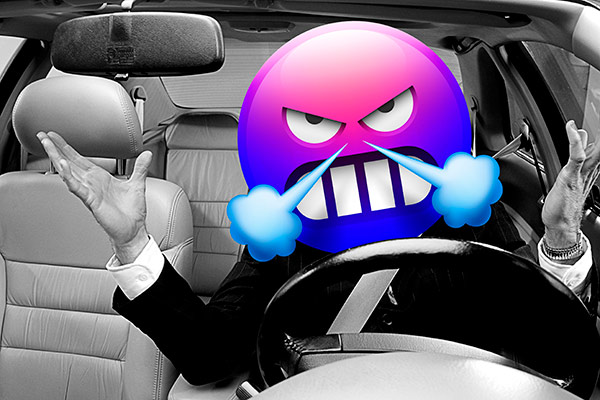
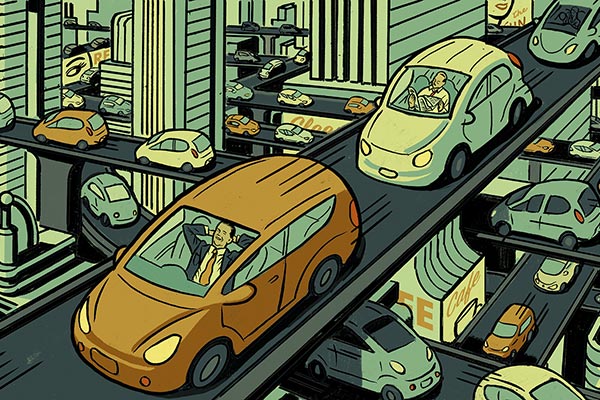


shilpy says,
“Great” Almost every automaker now offers some sort of Bluetooth availability bundle that permits you to talk and deal with your telephones and media gadgets without hands. Also, voice-initiated controls and components permit you to effectively utilize voice orders to control an assortment of vehicle frameworks and elements, for example, your cell phone, sound framework, route framework, atmosphere control, and other electronic frameworks.